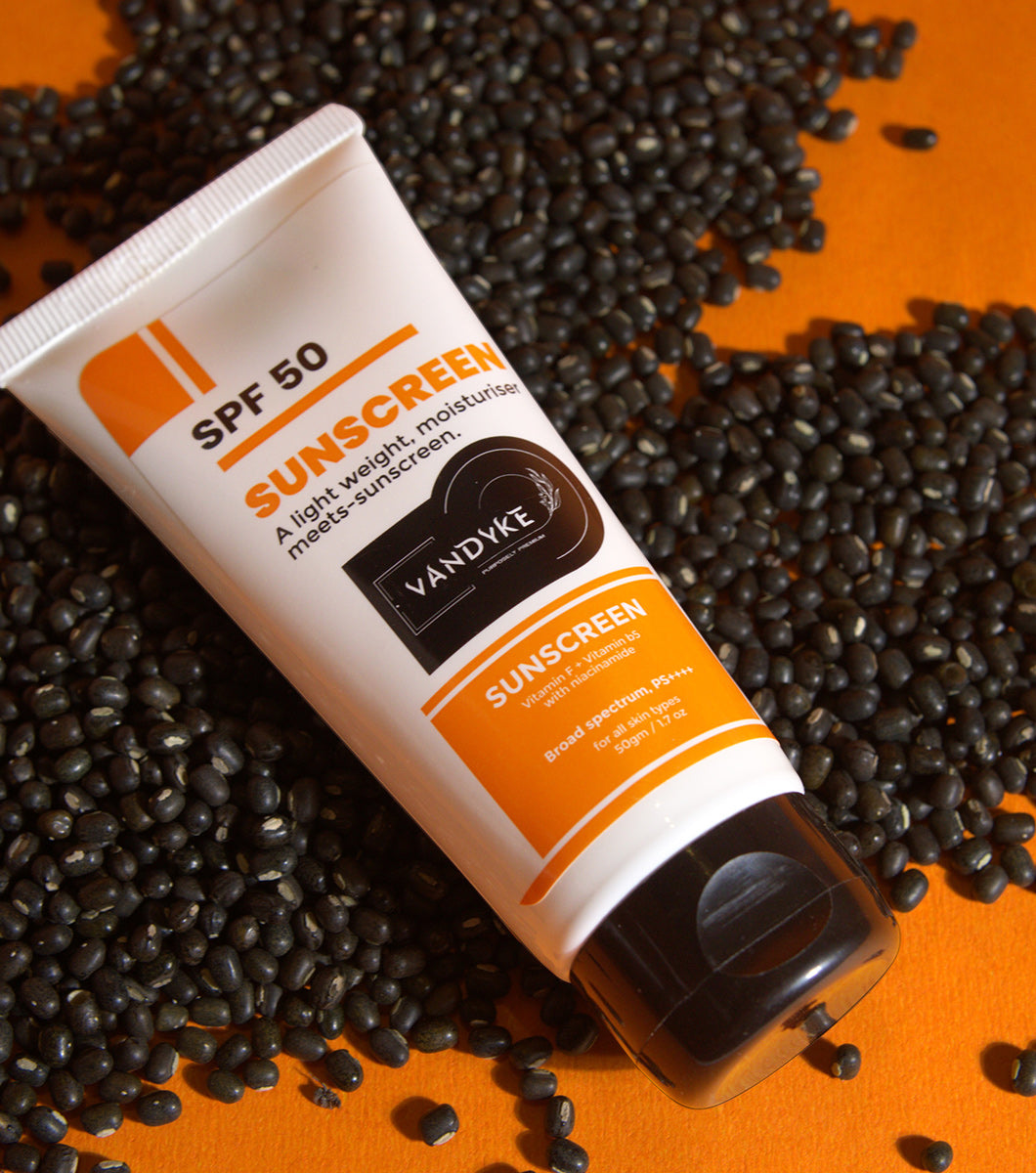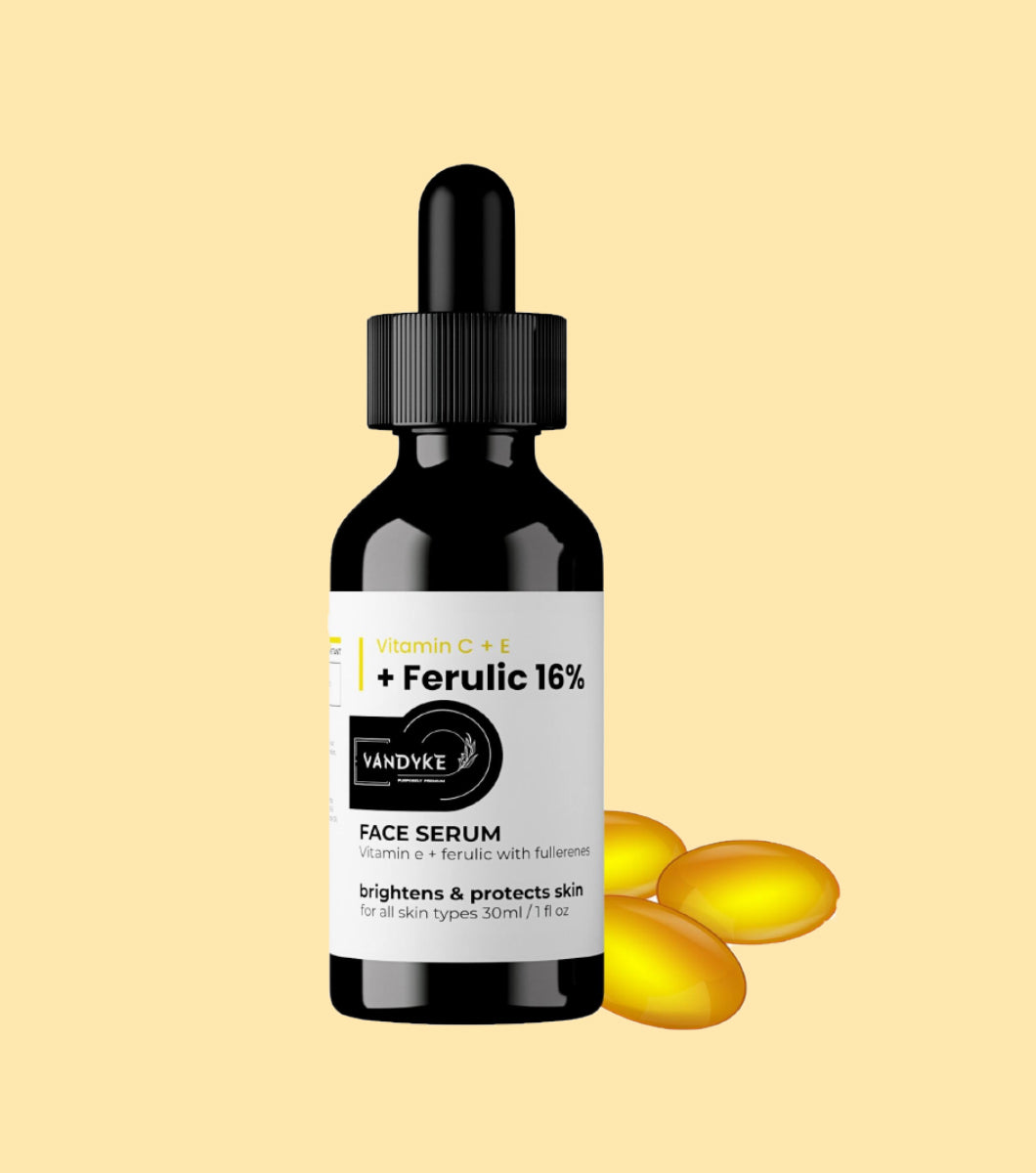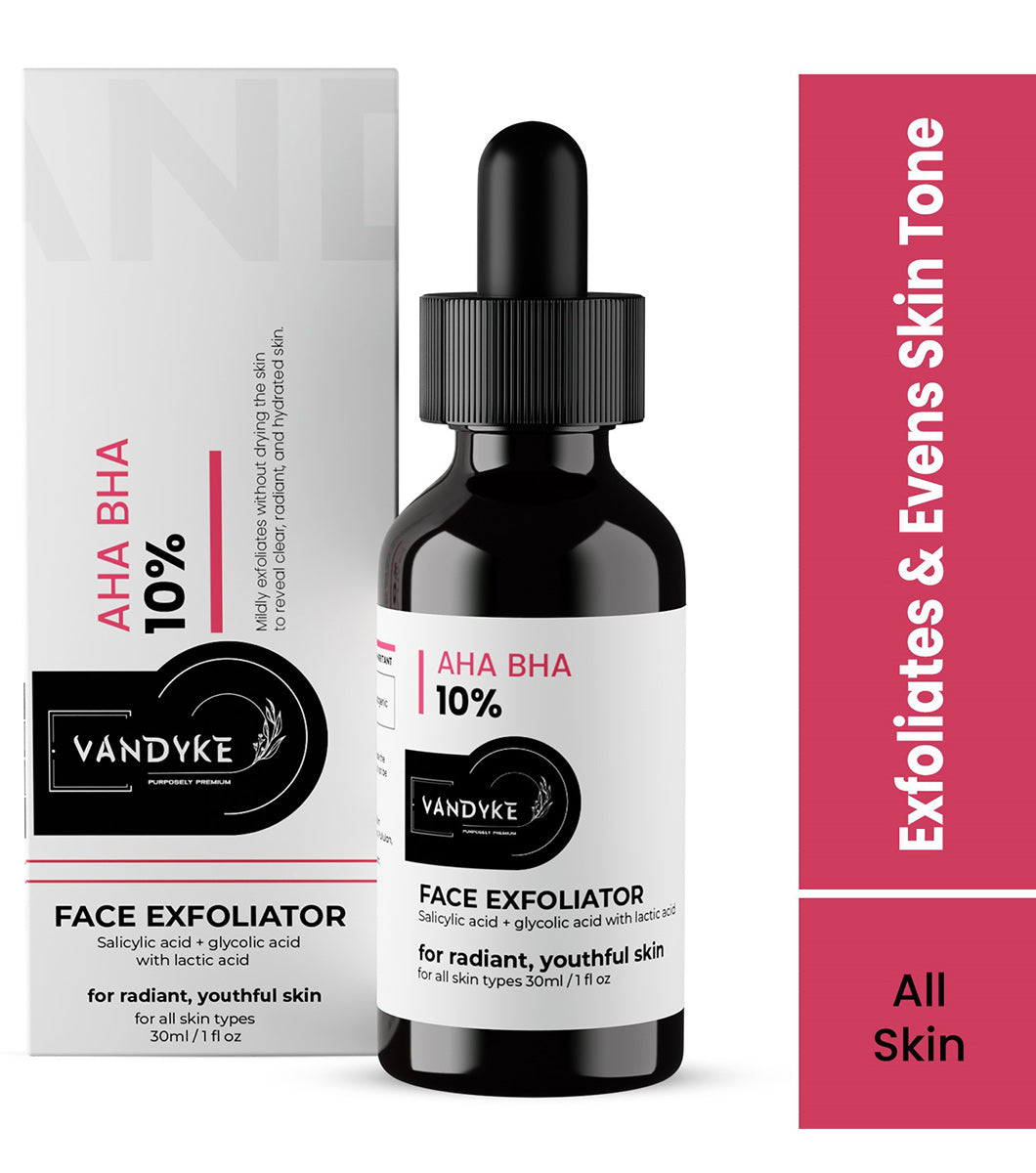
Unlocking the Secrets of AHA, BHA, and PHA: The ABCs of Exfoliating Acids

Unlocking the Secrets of AHA, BHA, and PHA: The ABCs of Exfoliating Acids
Are you searching for the holy grail of skincare ingredients that can transform your skin texture and give you a youthful glow? Look no further than the powerful trio of AHA, BHA, and PHA. These exfoliating acids have taken the beauty world by storm, promising to unveil radiant and smoother skin. In this article,vandyke will dive deep into the world of exfoliating acids, exploring their benefits, differences, and how they work to rejuvenate your skin. So, let’s unlock the secrets of AHA, BHA, and PHA!
What are AHA, BHA, and PHA?
AHA
Alpha Hydroxy Acids, commonly known as AHAs, are derived from various natural sources such as fruits (glycolic acid from sugar cane, lactic acid from milk) and plants. AHAs are water-soluble and work by gently dissolving the bonds between dead skin cells, promoting their shedding and revealing the fresh, vibrant skin beneath.
Types of AHAs
- Citric Acid
- Glycolic Acid
- Hydroxycaproic Acid
- Hydroxycaproic Acid
- Lactic Acid
- Malic Acid
- Tartaric Acid
BHA
Beta Hydroxy Acids, or BHAs, on the other hand, are oil-soluble and are primarily known for their ability to penetrate deep into the pores. Salicylic acid is the most common BHA used in skincare products. It helps to unclog pores, reduce blackheads and whiteheads, and prevent acne breakouts.
Types of BHAs
- Salicylic Acid
- Beta Hydroxybutanoic Acid
- Tropic Acid
- Trethocanic Acid
PHA
Polyhydroxy Acids, or PHAs, are the new kids on the block when it comes to exfoliating acids. They are similar to AHAs but have larger molecular structures, making them gentler on the skin. PHAs provide the same exfoliating benefits as AHAs but with reduced risk of irritation. They also offer additional moisturizing and antioxidant properties, making them suitable for sensitive skin types.
Types of PHAs
- Gluconolactone,
- Lacto-bionic acid
- Malto-bionic acid
Benefits of AHA, BHA, and PHA
AHA, BHA, and PHA have a range of benefits for the skin. Firstly, they promote exfoliation, which helps to remove the build-up of dead skin cells, unclog pores, and prevent breakouts. Regular use of these acids can also stimulate collagen production, leading to firmer, plumper skin and reduced appearance of fine lines and wrinkles. Moreover, they can improve skin tone and texture, fade hyperpigmentation and dark spots, and even out skin discoloration.
The skin’s texture and wrinkles can both benefit from AHAs.
By simply eating away at dead skin cells on the skin’s surface, AHAs also help in the reduction of pigmentation.
BHA also assists in the fading of spots and reducing the appearance of redness. The BHA that gets used the most is salicylic acid.
Even those with the most delicate skin types can be regenerated using PHAs.
Clinical studies have demonstrated that PHAs are compatible with dry, itchy skin conditions like eczema and atopic rosacea.
Differences in Properties
While all three acids offer exfoliation benefits, they have distinct properties that make them suitable for different skin concerns.
AHAs are best for addressing sun damage, uneven skin tone, and fine lines. Their water-soluble nature allows them to work on the skin’s surface, effectively brightening and rejuvenating the complexion.
BHAs, on the other hand, excel in targeting oily and acne-prone skin. Their oil-soluble nature enables them to penetrate deep into the pores, dissolving excess sebum and reducing inflammation. This makes BHAs an excellent choice for treating acne, blackheads, and whiteheads.
PHAs, with their larger molecular size, are the gentle giants of exfoliating acids. They provide similar benefits to AHAs but with reduced risk of irritation, making them ideal for sensitive skin. PHAs also have humectant properties, attracting and retaining moisture in the skin, resulting in a smoother, plumper complexion.
Combining AHA, BHA, and PHA
Now that we understand the individual benefits of AHA, BHA, and PHA, you might be wondering if it’s possible to combine them for even better results. The answer is yes! Combining these acids can create a powerhouse exfoliating routine that addresses multiple skin concerns simultaneously.
When incorporating AHA, BHA, and PHA into your skincare routine, it’s essential to start slowly and observe how your skin reacts. Begin by using one acid at a time, gradually increasing frequency and concentration as your skin adjusts. It’s also crucial to follow up with sunscreen since these acids can increase sun sensitivity.
AHA, BHA, and PHA products are available in various forms such as cleansers, toners, serums, and masks. Cleansers and toners are a great starting point as they provide a gentle introduction to exfoliating acids. Serums and masks, on the other hand, offer a more concentrated dose of active ingredients for targeted treatment.
Vandye products containing AHA,BHA and PHA?
Vandyke has majorly two products that contain AHA,BHA and PHA.
- Vandyke AHA 25% + BHA 2% + PHA 5% Peeling Solution
- Vandyke 10% AHA BHA Exfoliator with Hyaluronic acid
The Vandyke AHA BHA 10% serum is a game-changer when it comes to achieving clear, radiant, and hydrated skin. This gentle yet effective exfoliator combines the power of AHAs and BHAs to provide a multi-level exfoliation without drying out the skin. With a balanced composition of AHAs like Glycolic Acid and Lactic Acid, along with BHA in the form of Salicylic Acid, this serum stimulates the exfoliation process and promotes cell renewal in both the outermost layer (epidermis) and deeper layers (dermis) of the skin.
The Vandyke AHA BHA PHA 32% serum is a powerful exfoliating serum that contains a blend of AHAs (alpha hydroxy acids), BHAs (beta hydroxy acids), and PHAs (polyhydroxy acids). These acids work together to exfoliate the skin on both the surface and inside the pores, leaving the skin feeling smoother, brighter, and more radiant.
The Vandyke AHA BHA PHA 32% serum is a good choice for people with all skin types, but it is especially beneficial for people with dull, congested, or acne-prone skin. The serum can be used as a weekly peel or as a daily exfoliator.
Which one to use?
The main difference between the Vandyke AHA BHA 10% and AHA BHA PHA 32% serums is the concentration of acids. The AHA BHA, 10% serum, contains 10% AHAs (glycolic acid and lactic acid) and 2% BHA (salicylic acid), while the AHA BHA PHA 32% serum contains 32% PHA (polyhydroxy acid) and 2% BHA.
PHAs are a type of AHA that are larger molecules than glycolic and lactic acid. This means that they penetrate the skin more slowly and are less likely to cause irritation. As a result, the AHA BHA PHA 32% serum is a good choice for people with sensitive skin or those who are new to using acids.
The AHA BHA 10% serum is a good choice for people with normal to oily skin who want to exfoliate and improve their skin texture. It can also help to fade hyperpigmentation and sun damage.
Table summarizing the key differences between the two serums:
| Feature | Vandyke AHA BHA 10% | Vandyke AHA BHA PHA 32% |
| AHA concentration | 10% | 25% |
| BHA concentration | 2% | 2% |
| PHA concentration | N/A | 5% |
| Skin type | Normal to oily | Sensitive |
| Benefits | Exfoliates, improves skin texture, fades hyperpigmentation, sun damage | Exfoliates, improves skin texture, less likely to cause irritation |
Here are some suggestions for which serum is best for different skin types and uses:
- Normal to oily skin: The Vandyke AHA BHA 10% serum is a good choice for people with normal to oily skin who want to exfoliate and improve their skin texture. It can also help to fade hyperpigmentation and sun damage.
- Sensitive skin: The Vandyke AHA BHA PHA 32% serum is a good choice for people with sensitive skin who want to exfoliate without causing irritation. It is also a good choice for people who are new to using acids.
- Acne-prone skin: The Vandyke AHA BHA 10% serum can help to exfoliate and unclog pores, which can be helpful for treating acne. However, it is important to start with a low concentration of acids and gradually increase the concentration over time to avoid irritation.
Conclusion
AHA, BHA, and PHA are a powerful trio of exfoliating acids that can unlock the secrets to radiant and smoother skin. Each acid brings its unique benefits and properties, making them suitable for different skin concerns. By combining them effectively in your skincare routine, you can address a range of issues such as dullness, acne, hyperpigmentation, and signs of aging. So, embrace the ABCs of exfoliating acids and reveal your most radiant skin yet!
For more skin care products you can trust vandyke because we make our products;
“Purposely premium”





































